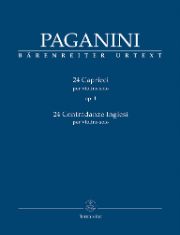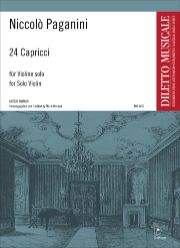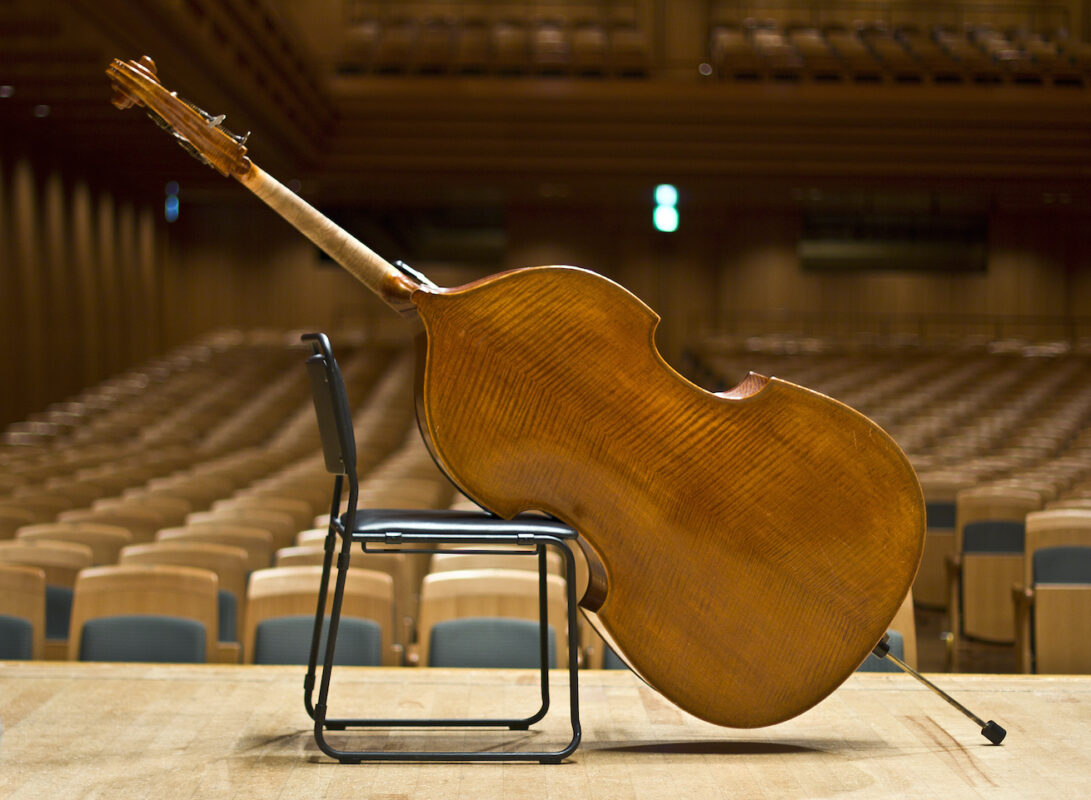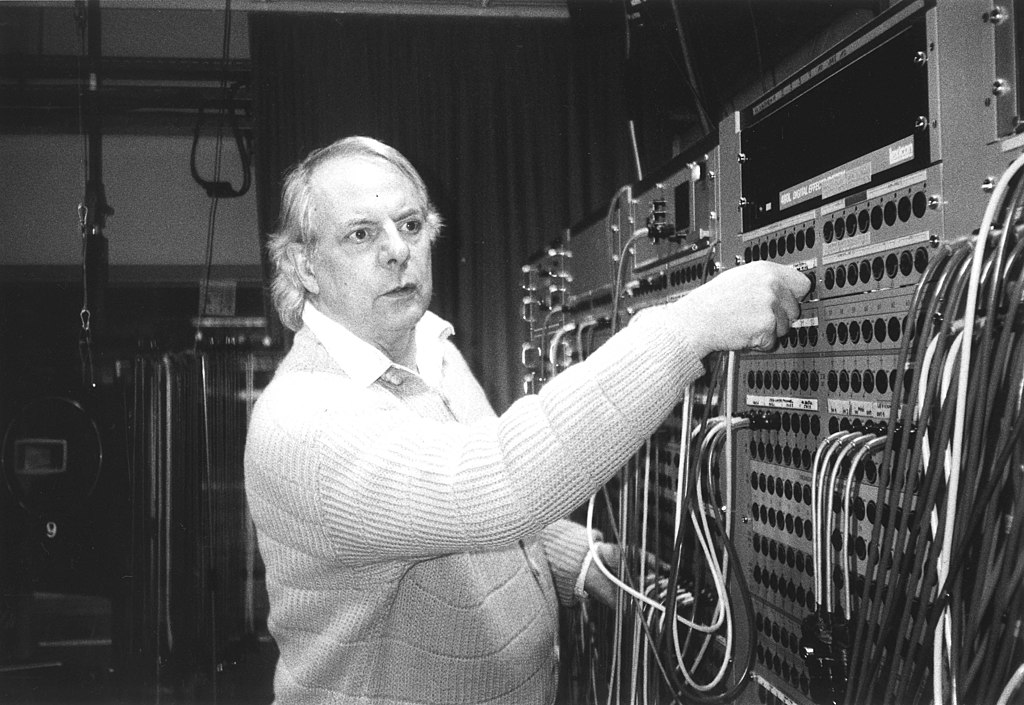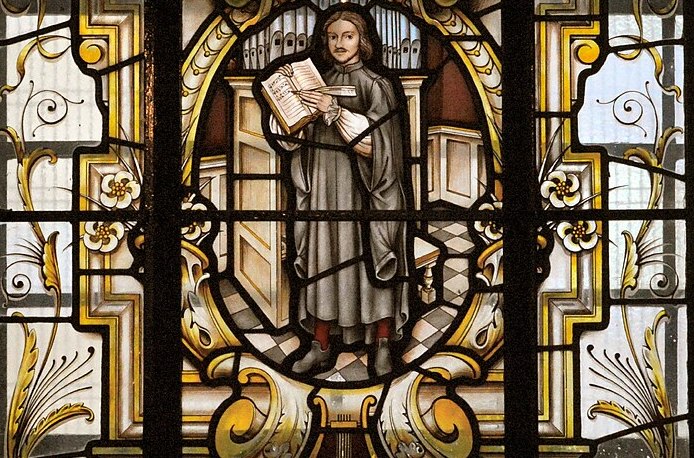Approaching Paganini's autograph
Showpieces of virtuoso violin music in two new editions, each exquisite in its own way.
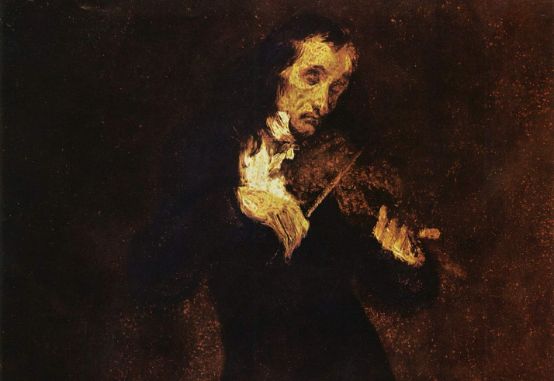
The two new Urtext editions of Niccolò Paganini's 24 Capricci op. 1 expose many deviations of older editions from the Ricordi first printings of 1820 and 1836, which are based on the autograph of 1817. In 1974 Ricordi published a facsimile of the autograph, and on the website imslp.org anyone can download and study it free of charge. It is absolutely fascinating, but the notes are difficult to read; the Urtext editions now help in various ways.
The publishers Peters (1986), Ricordi (1988) and Henle (1990) issued such editions before the ones under discussion here. Henle skillfully illustrates the interpretation notes and corrections of the older editions with bar-by-bar excerpts from the facsimile. Philippe Borer also takes a closer look in his detailed and readable dissertation (see my Review in the SMZ 4/2001, S. 39) from the facsimile, which he prints there in full. I could briefly summarize the scope of this dissertation with a quotation from it by Jacques Thibaud: Paganini let the result of his studies as an autodidact culminate "in a combination of all violinistic traditions with modernity".
Bärenreiter's merit is a typographically perfect objectivity without additions. In Capriccio 6 the tremolo fingers are printed clearly and space-savingly with whole notes in Paganini's notation - optionally with 64th-note bars in the modern style. But with many Capricci turn the page. The genesis and publication history as well as the critical report on all the first sources and their differences are very detailed. Interesting are the metronome markings for all Capricci of the French first edition Richault 1824 as a document of early interpretation practice. A nice addition are the two pages with the 24 Contradanze Inglesi each of 16 bars, a first print from the Paul Sacher Foundation in Basel. They were written by Paganini for a prince's carnival festivities and were probably improvised with variations and other instruments for dancing.
Niccolò Paganini, 24 Capricci and 24 Contradanze Inglesi for violin solo, Urtext edited by Daniela Macchione, BA 9424, € 16.95, Bärnreiter Kassel, 2013
Mario Hossen's work for Doblinger concentrates on absolute fidelity to the text through comparison with the autograph and Ricordi 1820 and on performance practice with many suggestions for lively articulation and dynamics, underpinned with quotations from Johann Joachim Quantz, Leopold Mozart and Leopold Auer. Embarrassing is the typographical error in the English text in the second line of the second page of the preface: "stuffing" instead of "stifling". (Philippe Borer pointed this out to me; he had published this quote in English in 1997 and should have been cited as the source). Valuable in the comments to each Capriccio are the precise references to corrections of traditional errors and the somewhat subjective suggestions for interpretation. With the suggestion that in Capriccio 16 I do not agree at all with the idea of playing the semiquavers with a horizontal bow in the upper half ["à la française", author's note]. Karl Guhr wrote: "Paganini alone makes the bow make more of a leaping, whipping movement [i.e. sautillé, author's note], using almost the middle of the bow for this purpose ... ". In addition, all large leaps should preferably be played in one position over three strings, so that the notes marked forte come to rest on the G string and thus acquire their meaning. Most of Hossen's fingerings are usable, but with unnecessary repetitions within a position. In some places I would prefer an extension into a neighboring position to an additional change of position, or in the case of changes of position in scale runs, a sequence of more than two fingers, with changes in semitones and the same fingering an octave higher. The five fold-out pages are luxurious, ensuring that the notes are never crowded, and only two four-page pages are used. Capricci - 4 and 24 - must be turned around. A "practical Urtext".
Niccolò Paganini, 24 Capricci, Urtext edited by Mario Hossen, Diletto Musicale, DM 1461, € 18.95, Doblinger, Vienna 2013






